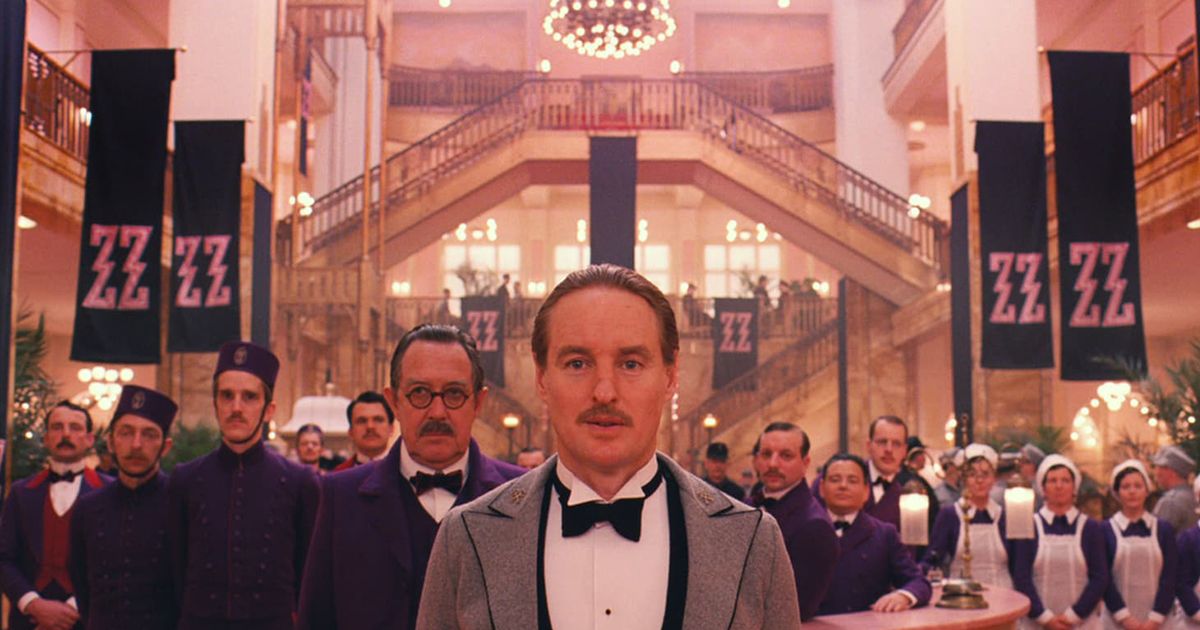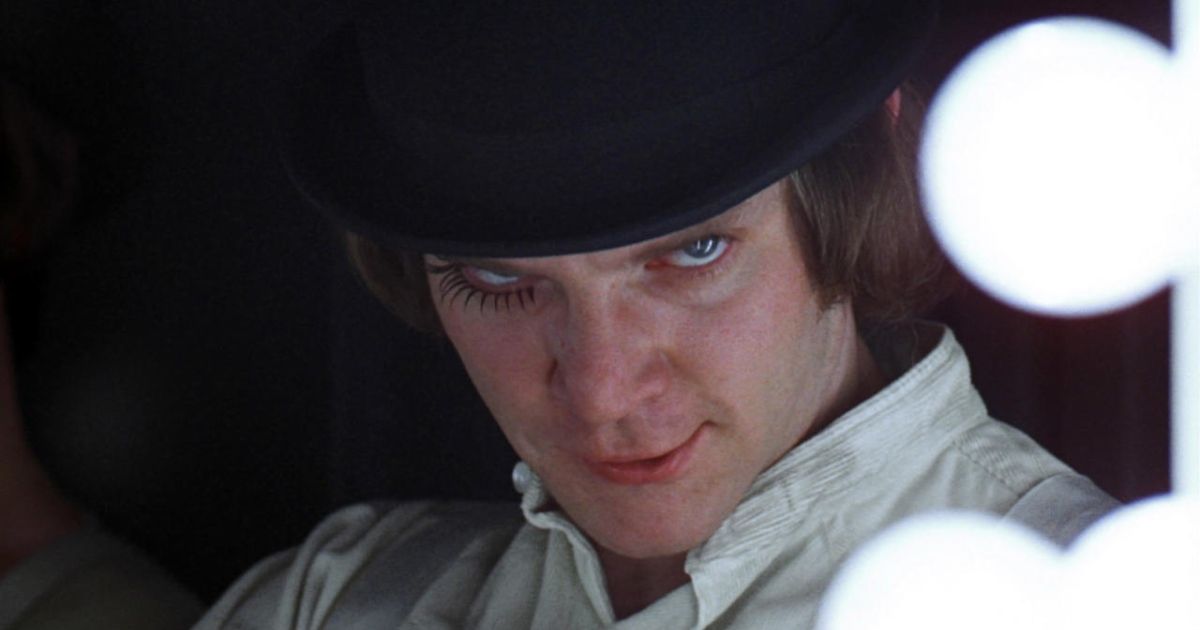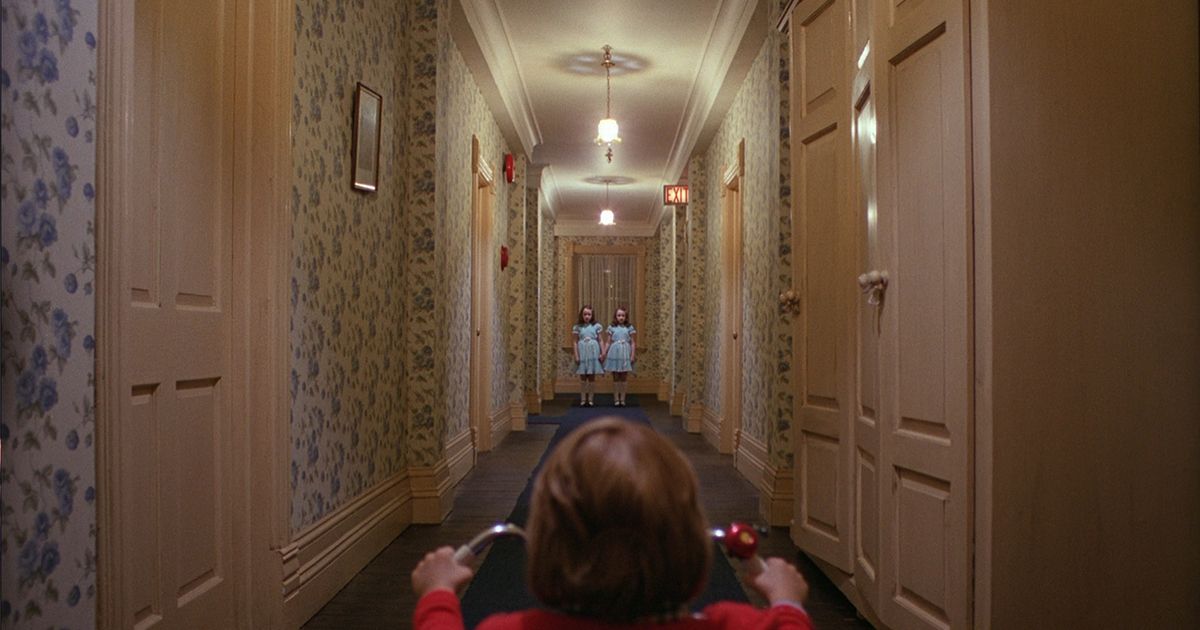In terms of its process and its potential, film is one of the most comprehensive art media in existence. The film language is so vast that it has easily surrendered to the adaptation of so-called ‘unadaptable’ sources. Filmmakers have so many threads to manipulate to twist the way a movie feels to the audience. Great filmmakers have always been known to develop a personal touch in the way they interact with these elements – signature styles that define their work.
The most lost movie directors have solidified unique visual trademarks in pop culture by adopting different visual techniques throughout their careers. These visual signatures become synonymous with their name. Visual trademarks can range from preference to certain techniques to catchy shot compositions that repeat themselves in their filmography. Let’s take a look at some of the 8 famous film directors’ visual trademarks – how many do you recognize?
8/8 Symmetry – Wes Anderson
When it comes to visual style, there is no other director with such instantly recognizable quality as Wes Anderson. Of the many cinematic techniques that make up his repertoire, his meticulous use of symmetrical frames is probably the most famous. That said, it’s still just the tip of the iceberg for Anderson’s very idiosyncratic style of filmmaking, which involves a heavy reliance on pastels, as well as an incredible level of detail that goes into building rhythmic patterns on screen.
7/8 The Kubrick Stare — Stanley Kubrick
The Kubrick Stare could be called perhaps the most iconic and personal visual trademark of a director ever. Rather than a camera technique, The Kubrick Stare is a very special look of anger, madness or even indulgence achieved by the actor tilting his head down and looking up and straight into the camera with an intense gaze.
The creator of this visual signature, Stanley Kubrick, was a pioneering filmmaker known for his provocative films. His filmography consists of several genres, but they are all about some uncomfortable human emotions. He was adept at evoking uncomfortable inner spaces through his films – fear, violence, degeneration or insanity. The Kubrick Stare perfectly sums up the peculiar nature of these emotions when evoked by a Kubrick movie.
6/8 Dolly Shot – Spike Lee
Spike Lee is considered one of the most influential directors of our time, with over 35 films across multiple genres. It is, of course, the homely quality of his films that makes them so enduring. Simply put, Lee tells his story the way he likes it, and a big part of that is speaking to the audience in every movie. The Dolly Shot is an important part of his films, in which an actor stands on a dolly and moves forward while the camera points straight at their face. The unique technique has often been imitated by other filmmakers, but it’s in Lee’s films that they seem at home, giving his films something of an outcast that somehow comes home.
5/8 Quick Cuts — Edgar Wright
Edgar Wright‘s films are characterized by their strong kinetic quality. Quick cuts, visual comedy, and sharp cuts are all part of what makes his films distinctive. While fast transitions in a movie can go in many directions, a talented filmmaker like Wright knows exactly how to make a good impression. His particular sensibilities have given us some of the great comedy movies, including the Three Flavors Cornetto trilogy, as well as the rhythmically synchronized baby driver.
4/8 One Point Perspective — Stanley Kubrick
A lesser-known visual trademark of Kubrick, who was also responsible for giving his scenes a distinctly eerie tone, was his preference for the one-point perspective. The one-point perspective is a visual composition where all the lines in the center of the frame disappear. Kubrick used the perspective to conjure up a confusing mishmash of fear and claustrophobia that floats on the surface and never becomes fully known. While the one-point perspective can be found in many of Kubrick’s films, the composition also gave way to some of his most famous shots, namely the corridor scenes in The shining.
3/8 Super Long Takes — Alfonso Cuarón
The long take is a cinematic technique that has become synonymous with technical prowess as it involves a lot of complex planning and clever visual dexterity to execute. A purposeful long shot can add great depth to a scene, increase the sense of realism and allow the viewer to experience an event with a much greater sense of closeness. For this reason, it is favored by many famous directors.
Led by Alfonso Cuaronhowever, the long take becomes an entirely different beast – gritty, visceral and extremely evocative. His ability to push you into the action using the long take is simply unmatched. His use of this visual trademark in Children of men is often remembered as one of the great achievements of filmmaking.
2/8 Barrel Roll — Christopher Nolan
Christopher Nolan is known for making films with far-reaching themes about time, identity and the nature of consciousness. His films often build up to grand cinematic spectacles, as can be seen in the film interstellar. However, his cinematic palette generally consists of conservative choices. Among them, the running role stands out as a common feature of his films, something he usually uses to denote a character’s disorientation. It was most commonly seen in Startwhere the dream scene was shot in a literally rolling set.
1/8 Close-up photos — Damien Chazelle
Damien Chazelle always manages to leave an impression on the viewer with his endings. As the film wraps up its main plot, closing the film with the final shots, it continues with his signature close-up shots. More specifically, close-up shots of two characters looking at each other in an emotionally charged or meaningful moment. The emotional reach of this visual trademark is perfectly demonstrated in the end of whiplashthat ended on an intense note, and La La Landwho in the final shots expressed a sense of loss and acceptance in the eyes of the main characters.




